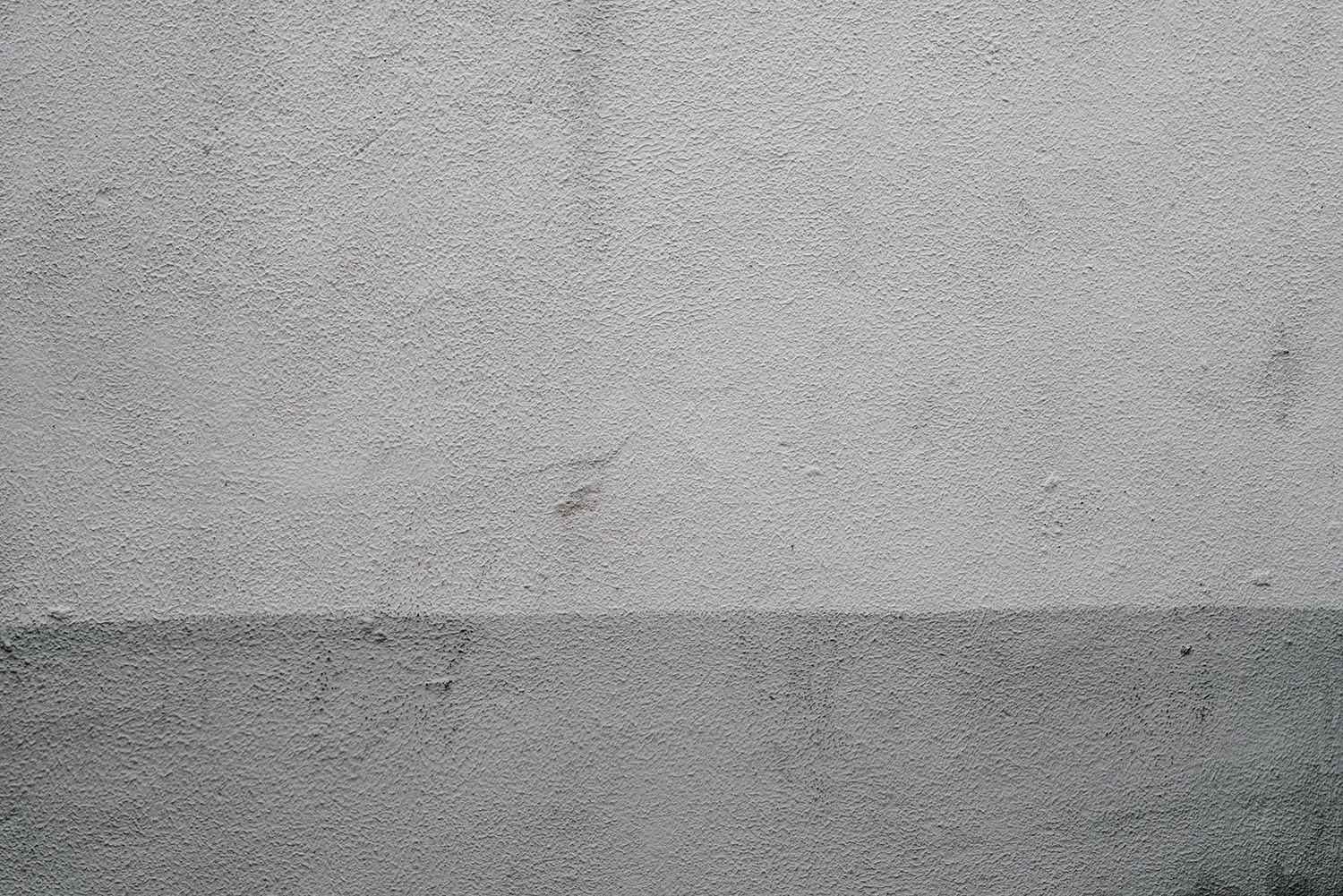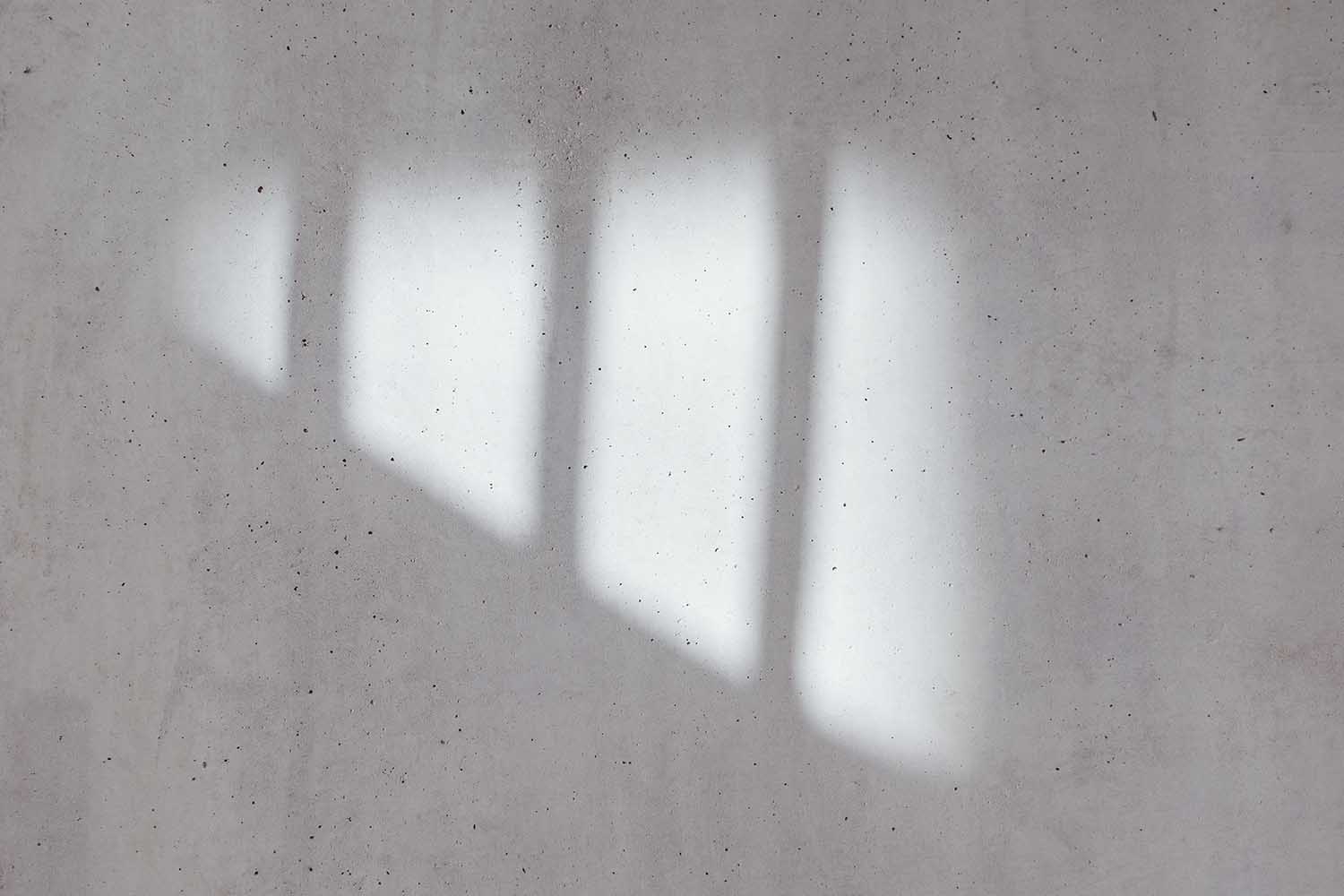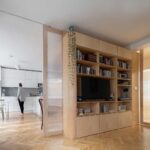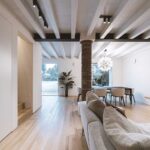
Photo courtesy of Measured Architecture
The finish on your walls can have a significant impact on the overall aesthetic and feel of your home. Whether you’re building a new home or renovating an existing one, you’ll have to decide between a rough or smooth finish for your walls.
Both finishes have their own unique look and feel, and each is best suited for different design styles and purposes. Understanding the main differences between rough and smooth finishes is important when making a decision that will impact the look and feel of your home for years to come.
We will take a closer look at the pros and cons of rough and smooth finishes, and help you determine which finish is right for your home.
Rough Finish
A rough finish is achieved by applying a layer of textured material to the wall. This material can be made of various materials such as sand, stucco, or a combination of materials.
The rough surface creates a unique look and feel in the room and can be a great option for homes with a more rustic or earthy aesthetic.
One popular material used to create a rough finish is concrete.
Concrete has a natural, earthy look that can complement many design styles, from modern and minimalist to rustic and industrial. It is also extremely durable and low maintenance, making it a great option for high-traffic areas like kitchens and bathrooms.
Concrete can be used to create a range of different textures, from a lightly textured surface to a heavily textured, almost stony appearance.
When applied to a wall, concrete creates a unique and eye-catching finish that can make a bold statement in any room.
This is a versatile material that can be stained, painted, or left in its natural state, providing even more options for customization.

Smooth Finish
Smooth finishes are clean and simple, and can create a calming and sophisticated atmosphere in a room.
A smooth finish is achieved by applying a layer of paint or wallpaper directly to the wall without any added texture. This creates a sleek, seamless appearance that is perfect for contemporary or minimalist design styles.
Smooth finishes are ideal for spaces where you want to create a clean, crisp look, like a modern kitchen or a minimalist bedroom.
The lack of texture also makes it easy to touch up any scuffs or marks, keeping your walls looking as good as new for years to come.
A smooth finish can be a great backdrop for bold art and décor, allowing these pieces to take center stage in the room.
Whether you’re looking to create a minimalist oasis or simply want a clean, classic look for your walls, a smooth finish is a great option to consider.
Durability
The durability of rough and smooth finishes can have a big impact on the overall longevity of your walls.
Rough finishes tend to be more durable due to their textured surface, which can help to hide small cracks and imperfections that can occur over time. This makes rough finishes a great option for homes with kids or pets, as they are less likely to show damage from daily wear and tear.
On the other hand, smooth finishes can show cracks and blemishes more easily, which may require more maintenance and touch-ups over time to keep your walls looking their best.
Smooth finishes can be more prone to damage from moisture, so it’s important to take extra care in areas like bathrooms and kitchens.
When it comes to durability, rough finishes tend to be the more practical choice for homeowners looking for a finish that will stand up to everyday wear and tear.

Maintenance
The level of maintenance required for rough and smooth finishes can also be an important consideration when choosing a finish for your walls.
Both rough and smooth finishes require some degree of maintenance, but rough finishes tend to be easier to maintain. A simple wiping down of the surface with a damp cloth is usually enough to keep a rough finish looking great.
In contrast, smooth finishes may require more frequent touch-ups and repainting to maintain their appearance. This is especially true if your walls are in high-traffic areas, where they are more likely to show wear and tear over time.
Smooth finishes may require more care when cleaning to avoid damaging the surface, as the lack of texture can make it easier for dirt and grime to accumulate.
Ultimately, both rough and smooth finishes require some level of maintenance to keep them looking their best, but rough finishes tend to be the more low-maintenance option.
Cost
The cost of a rough finish is usually higher than a smooth finish due to the extra materials and labor involved in creating the textured surface.
However, the increased durability of rough finishes can offset the initial cost over time by reducing the need for frequent touch-ups and repairs. While rough finishes may require a larger upfront investment, the long-term savings from reduced maintenance costs can make it a more cost-effective option in the long run.
Smooth finishes, on the other hand, tend to be less expensive upfront, but may require more frequent touch-ups and repairs to maintain their appearance, which can add up over time.
When it comes to cost, both rough and smooth finishes have their pros and cons, so it’s important to consider your budget, as well as your desired aesthetic and level of maintenance, when choosing a finish for your walls.
Conclusion
Both rough and smooth finishes have their own unique benefits and drawbacks.
When deciding between the two, it is important to consider your personal design style, the intended use of the room, and your budget.
Regardless of which finish you choose, you can be confident that either one will add character and style to your home.



